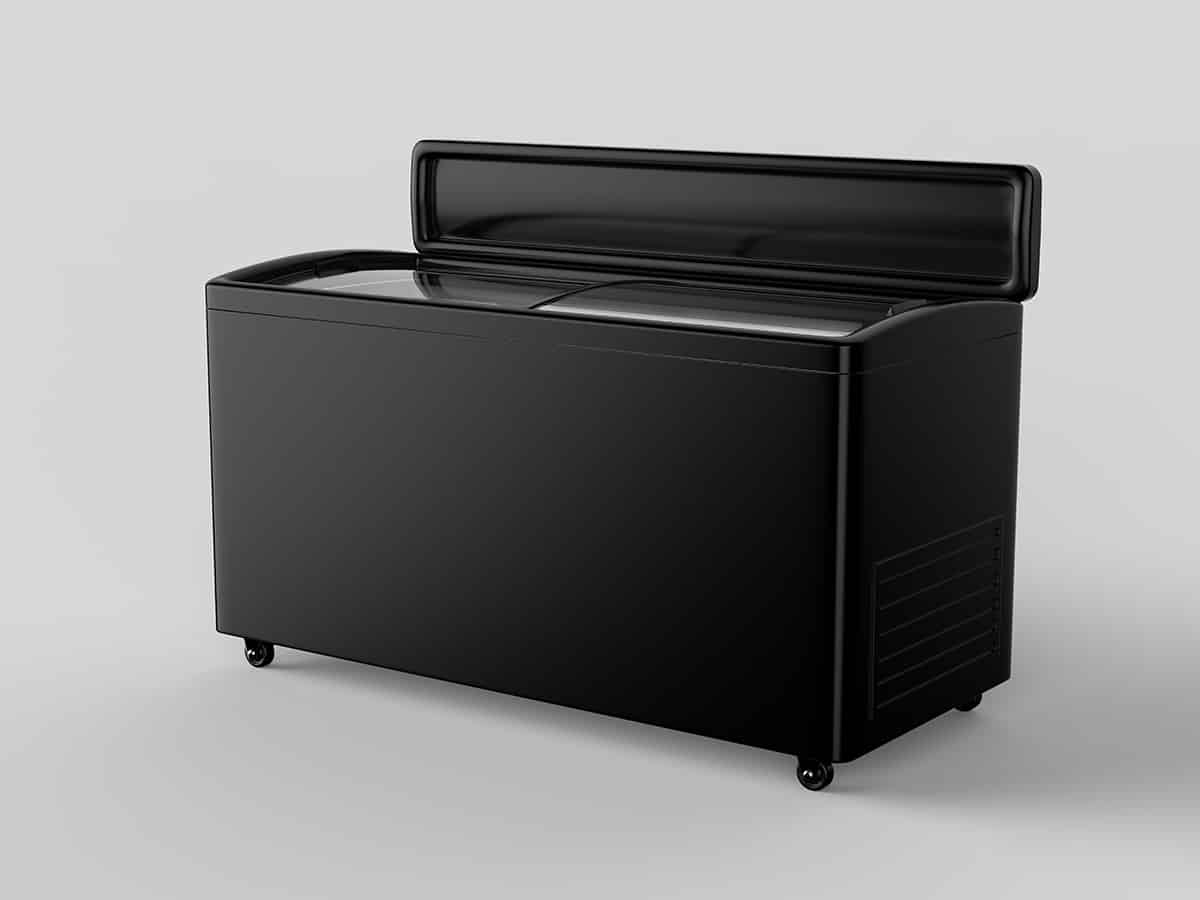

Articles
How Much Electricity Does A Deep Freezer Use
Modified: May 6, 2024
Discover the energy consumption of deep freezers with our informative articles. Learn how much electricity a deep freezer uses and make an informed decision for your home.
(Many of the links in this article redirect to a specific reviewed product. Your purchase of these products through affiliate links helps to generate commission for Storables.com, at no extra cost. Learn more)
Introduction
Welcome to the world of deep freezers, where frozen treats stay chilly and ice cream remains perfectly frozen. But have you ever wondered how much electricity these appliances consume? In this article, we will explore the ins and outs of deep freezer electricity usage.
Deep freezers have become a staple in many homes and businesses, providing a convenient way to store a large quantity of frozen goods. Whether you’re storing bulk groceries, preserving garden harvests, or keeping extra ice on hand, deep freezers offer an efficient and reliable freezing solution.
However, deep freezers, like any other electrical appliance, consume energy to operate. Understanding the electricity consumption of these units can help you make informed decisions about usage and potentially save on energy costs.
In this article, we will delve into the factors that influence electricity usage in deep freezers, highlight the average consumption levels, and provide tips to reduce energy consumption without compromising on functionality.
So, if you’re ready to unravel the mystery behind deep freezer electricity consumption, let’s dive in!
Key Takeaways:
- Deep freezers consume electricity based on factors like size, insulation, and temperature settings. Energy-efficient models and smart usage practices can significantly reduce electricity usage without compromising freezing capabilities.
- Choosing the right size, optimal temperature settings, and minimizing lid openings can help reduce deep freezer electricity consumption. Energy-efficient models and proper maintenance contribute to sustainable and cost-effective freezing solutions.
What is a deep freezer?
A deep freezer, also known as a chest freezer, is a specialized appliance designed for long-term freezing and storage of food items. Unlike a standard refrigerator freezer, deep freezers offer a larger storage capacity and maintain colder temperatures, allowing for the preservation of perishable items for extended periods.
Deep freezers typically have a chest-style design with a hinged lid on the top, although some models may feature a front-opening door. This design ensures efficient cold air retention, as cold air tends to sink and stay inside the freezer, minimizing temperature fluctuations when the lid is opened.
One of the key advantages of a deep freezer is its ability to maintain a consistently low temperature, usually around -18 degrees Celsius (-0.4 degrees Fahrenheit) or lower. This deep-freezing capability helps prevent the growth of bacteria, preserves food quality, and extends the shelf life of frozen items.
Deep freezers come in various sizes, ranging from small models suitable for personal use to large commercial-grade units used in restaurants, grocery stores, and other commercial establishments. They often feature adjustable temperature controls, interior dividers or baskets for better organization, and in some cases, even advanced features like frost-free operation.
These appliances are not only popular among homeowners who want to stock up on frozen foods, but they are also useful in commercial settings such as restaurants, ice cream parlors, and food processing facilities. They provide a cost-effective solution for storing large quantities of frozen goods or for businesses that require long-term freezing options.
Now that we have a better understanding of what a deep freezer is, let’s explore how these appliances consume electricity.
Understanding electricity consumption
Electricity consumption refers to the amount of electrical energy used by a device or appliance over a specific period of time. In the case of deep freezers, electricity consumption is measured in kilowatt-hours (kWh).
The primary factor that affects electricity consumption in deep freezers is their power rating. The power rating is typically specified in watts (W) or kilowatts (kW) and indicates the amount of electrical power the appliance requires to operate.
When a deep freezer is plugged into an electrical outlet, it draws power from the grid to run its compressor, which is responsible for maintaining the low temperatures inside the freezer. The compressor works by compressing the refrigerant gas, increasing its temperature and pressure, and then releasing the heat to the surrounding environment. As a result, the freezer compartment cools down, allowing for proper freezing and storage of food items.
The electricity consumption of a deep freezer depends on several factors, including:
- Size: The size of the deep freezer influences its energy consumption. Larger freezers generally consume more electricity since they have a greater capacity to cool and maintain the low temperature.
- Insulation: The insulation quality of a deep freezer plays a crucial role in energy efficiency. Well-insulated freezers minimize heat transfer from the external environment, reducing the need for additional cooling and thus consuming less electricity.
- Temperature settings: The temperature at which the deep freezer is set can impact energy consumption. Lower temperatures require the compressor to work harder, resulting in higher electricity usage.
- Frequency of lid openings: Each time the lid of the deep freezer is opened, cold air escapes and warmer air enters. This leads to an increase in the internal temperature, triggering the compressor to work harder to bring the temperature back down. Frequent lid openings can result in higher electricity consumption.
- Location: The location of the deep freezer also affects its energy efficiency. Placing the unit in a cool and well-ventilated area reduces the workload on the compressor, leading to lower energy consumption.
Overall, deep freezers are designed to be energy-efficient, with modern models incorporating advanced technologies like energy-saving compressors and improved insulation materials. However, it is essential to consider these factors and implement energy-saving practices to minimize electricity consumption.
In the next section, we will explore the average electricity consumption of deep freezers and provide tips to reduce energy usage without compromising on freezing capabilities.
Factors influencing electricity usage in deep freezers
Several factors can influence the electricity usage of deep freezers. Understanding these factors can help you make informed decisions and optimize the energy efficiency of your deep freezer. Let’s explore the key factors:
- Size and capacity: The size and capacity of a deep freezer directly impact its energy consumption. Larger freezers require more energy to cool and maintain the low temperature. If you don’t need a large storage capacity, opting for a smaller and more energy-efficient model can help reduce electricity usage.
- Energy efficiency rating: Energy-efficient models are designed to consume less electricity. Look for deep freezers with high energy efficiency ratings, such as Energy Star certified models, which have been tested and proven to meet strict energy-saving standards.
- Insulation: The quality of insulation in a deep freezer is crucial for energy efficiency. Well-insulated units prevent the transfer of heat from outside, reducing the workload on the compressor and, ultimately, lowering electricity usage. Look for thick insulation materials and properly sealed doors to maximize energy efficiency.
- Temperature settings: The temperature at which you set your deep freezer can impact its power consumption. Keeping the temperature lower than necessary will require the compressor to work harder and consume more electricity. However, setting it too high can compromise the freezing capabilities. Aim for a temperature that ensures food safety without overburdening the freezer.
- Placement: The location of your deep freezer can influence its energy consumption. Placing it in a cool and well-ventilated area, away from direct sunlight and other heat sources, can reduce the workload on the compressor. Avoid placing the unit near appliances that generate heat, such as the refrigerator, oven, or dishwasher.
- Lid opening frequency: Every time you open the lid of the deep freezer, cold air escapes, and warm air enters. This triggers the compressor to work harder to restore the desired temperature. Minimize lid openings and try to retrieve items quickly to reduce electricity usage. Consider using transparent storage bins or labeling the contents for easy access.
- Regular defrosting: Over time, ice buildup can increase energy consumption. Regularly defrosting your deep freezer can help maintain optimal cooling performance and energy efficiency. Follow the manufacturer’s instructions for defrosting frequency and ensure the unit is thoroughly dry before plugging it back in.
- Maintenance: Proper maintenance can optimize the energy efficiency of your deep freezer. Keep the coils clean and free from dust buildup, as this can impede heat transfer. Check the door seals to ensure they are in good condition and provide proper insulation. Airtight seals prevent cool air from escaping and warm air from entering, reducing the workload on the compressor.
By considering these factors and implementing energy-saving practices, you can reduce the electricity usage of your deep freezer while maintaining optimal freezing capabilities. In the next section, we will explore the average electricity consumption of deep freezers.
Consider investing in an energy-efficient deep freezer to reduce electricity usage. Keep the freezer full to improve efficiency, and regularly defrost to maintain optimal performance.
Average electricity consumption of deep freezers
The average electricity consumption of deep freezers can vary depending on several factors, including size, energy efficiency, usage patterns, and temperature settings. While it is challenging to provide an exact figure for every deep freezer model, we can discuss some general estimates to give you an idea of what to expect.
Small to medium-sized deep freezers, typically ranging from 5 to 15 cubic feet, consume approximately 100 to 300 kilowatt-hours (kWh) of electricity per year. These models are commonly used in households and consume relatively low amounts of energy due to their smaller size and capacity. Energy-efficient models within this range tend to consume towards the lower end of the spectrum.
On the other hand, larger deep freezers, exceeding 15 cubic feet, can consume anywhere from 300 to 600 kWh or more annually. The increased storage capacity of these units requires more energy to maintain the low temperature and preserve the frozen items. However, the actual electricity consumption may vary depending on factors such as insulation, energy efficiency ratings, and usage patterns.
It is important to note that these figures serve as a general guideline and can vary based on individual circumstances. Factors such as the frequency of lid openings, temperature settings, and the surrounding ambient temperature can impact electricity consumption.
When considering the average electricity consumption of a deep freezer, it is also essential to consider the overall energy usage in your household or business. Deep freezers typically contribute only a fraction to the total energy consumption, especially in energy-efficient models. Other appliances, such as refrigerators, air conditioners, and lighting, may account for a significant portion of your electricity usage.
To get a more precise understanding of the electricity consumption of your deep freezer, you can check the appliance’s energy label or consult the manufacturer’s specifications. These sources often provide information on energy consumption in kWh per year, allowing you to make a more informed decision based on your specific needs.
Now that we have explored the average electricity consumption of deep freezers, let’s move on to some practical tips to help reduce energy usage without compromising the functionality of your deep freezer.
Read more: How Cold Does A Deep Freezer Get
Tips to reduce electricity usage in deep freezers
Reducing electricity usage in your deep freezer not only helps you save on energy costs but also contributes to overall energy conservation. Here are some practical tips to optimize the energy efficiency of your deep freezer:
- Choose the right size: Select a deep freezer that matches your storage needs. Choosing a smaller size can help minimize energy consumption.
- Energy-efficient models: Look for deep freezers with high energy efficiency ratings, such as Energy Star certified appliances. These models are designed to consume less energy without compromising performance.
- Optimal temperature settings: Set the deep freezer temperature to the recommended level, typically around -18 degrees Celsius (-0.4 degrees Fahrenheit). Avoid unnecessarily low temperatures as they increase energy consumption.
- Location matters: Place your deep freezer in a cool and well-ventilated area away from heat sources like direct sunlight, the oven, or the dishwasher. Avoid locating it in a garage or basement where ambient temperatures can fluctuate significantly.
- Keep lid openings to a minimum: Limit the number of times you open the lid of your deep freezer. Every time the lid is opened, cold air escapes, and warm air enters, causing the compressor to work harder. Plan your retrieval of items and avoid leaving the lid open for extended periods.
- Organize and label: Keep your deep freezer organized with labeled storage bins or dividers. This helps you quickly find items, reducing the time the lid remains open.
- Regular defrosting: Ice buildup can hinder the efficiency of your deep freezer. Maintain optimal cooling performance by regularly defrosting your appliance as recommended by the manufacturer.
- Check and maintain door seals: Ensure that the door seals of your deep freezer are in good condition. Faulty seals can allow warm air to enter, causing the compressor to work harder. Clean the seals regularly and replace them if necessary.
- Keep the exterior clean: Dust and dirt on the exterior of the deep freezer can affect its energy efficiency. Clean the exterior regularly to promote proper heat dissipation.
- Consider ambient temperature: If you live in a cooler climate, you might be able to turn off your deep freezer during the winter months when the outside temperatures are low. However, ensure that you can maintain a consistent freezing temperature to prevent food spoilage.
Implementing these tips can help you reduce the electricity usage of your deep freezer while ensuring optimal food preservation. Combining these energy-saving practices with regular maintenance will contribute to a more sustainable and energy-efficient household or business.
Now that you’re armed with these tips, you can make informed decisions to minimize the electricity consumption of your deep freezer without sacrificing its functionality.
Let’s wrap up our discussion in the next section.
Conclusion
Deep freezers provide a convenient and efficient way to store frozen goods for extended periods. However, understanding and managing electricity consumption is crucial to optimize energy efficiency and minimize costs. By considering factors such as size, insulation, temperature settings, and usage patterns, you can reduce the electricity usage of your deep freezer without compromising its performance.
Choosing an energy-efficient model and following energy-saving practices like minimizing lid openings, regular defrosting, and proper maintenance can make a significant difference in your deep freezer’s energy consumption. Additionally, locating the deep freezer in a cool and well-ventilated area, away from heat sources, can further enhance its efficiency.
While it is difficult to provide precise figures for average electricity consumption, understanding the factors that influence energy usage can help you make informed decisions when selecting a deep freezer and managing its operation. Energy-efficient models and proper usage practices can help reduce electricity consumption and contribute to overall energy conservation in your home or business.
By implementing the tips shared in this article, you can not only save on energy bills but also play a part in promoting a more sustainable and eco-friendly lifestyle. So, whether you are storing frozen foods for personal use or operating a commercial establishment, optimizing the energy efficiency of your deep freezer is a win-win situation for both your pocket and the environment.
Now that you have a deeper understanding of deep freezer electricity usage and ways to reduce it, you can confidently make informed decisions and make the most out of your frozen storage needs.
Thank you for joining us on this exploration of deep freezer electricity consumption, and we hope you found this article helpful in managing your energy usage effectively.
Curious about keeping your groceries in top shape while cutting down on power bills? Our next feature, "Best Cold Storage for the Upcoming Year", dives into the latest options that blend efficiency with innovation. Whether you're planning a big upgrade or just curious about the latest trends in freezer technology, this guide promises fresh insights into the most efficient cold storage solutions on the market.
Frequently Asked Questions about How Much Electricity Does A Deep Freezer Use
Was this page helpful?
At Storables.com, we guarantee accurate and reliable information. Our content, validated by Expert Board Contributors, is crafted following stringent Editorial Policies. We're committed to providing you with well-researched, expert-backed insights for all your informational needs.
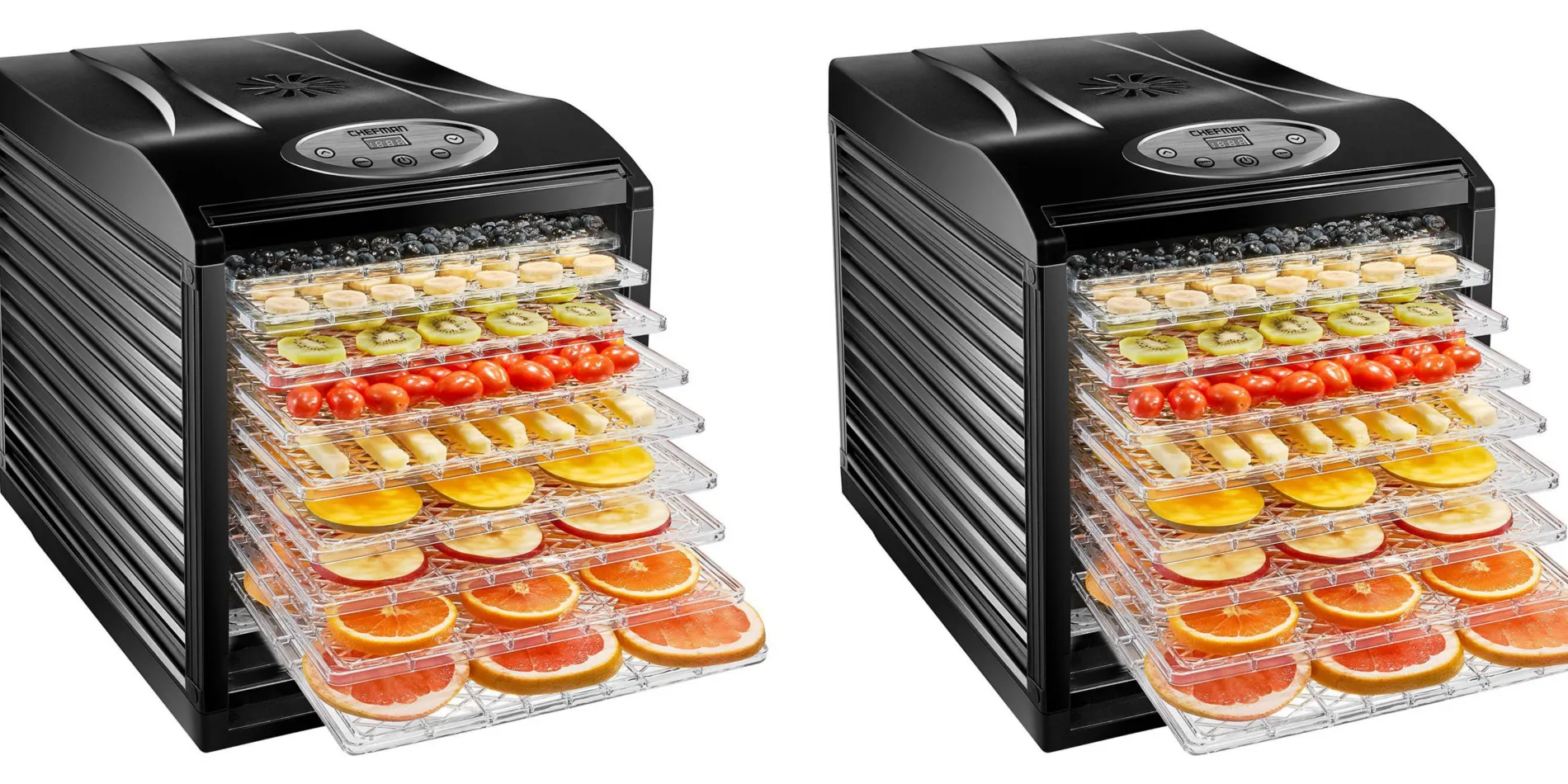
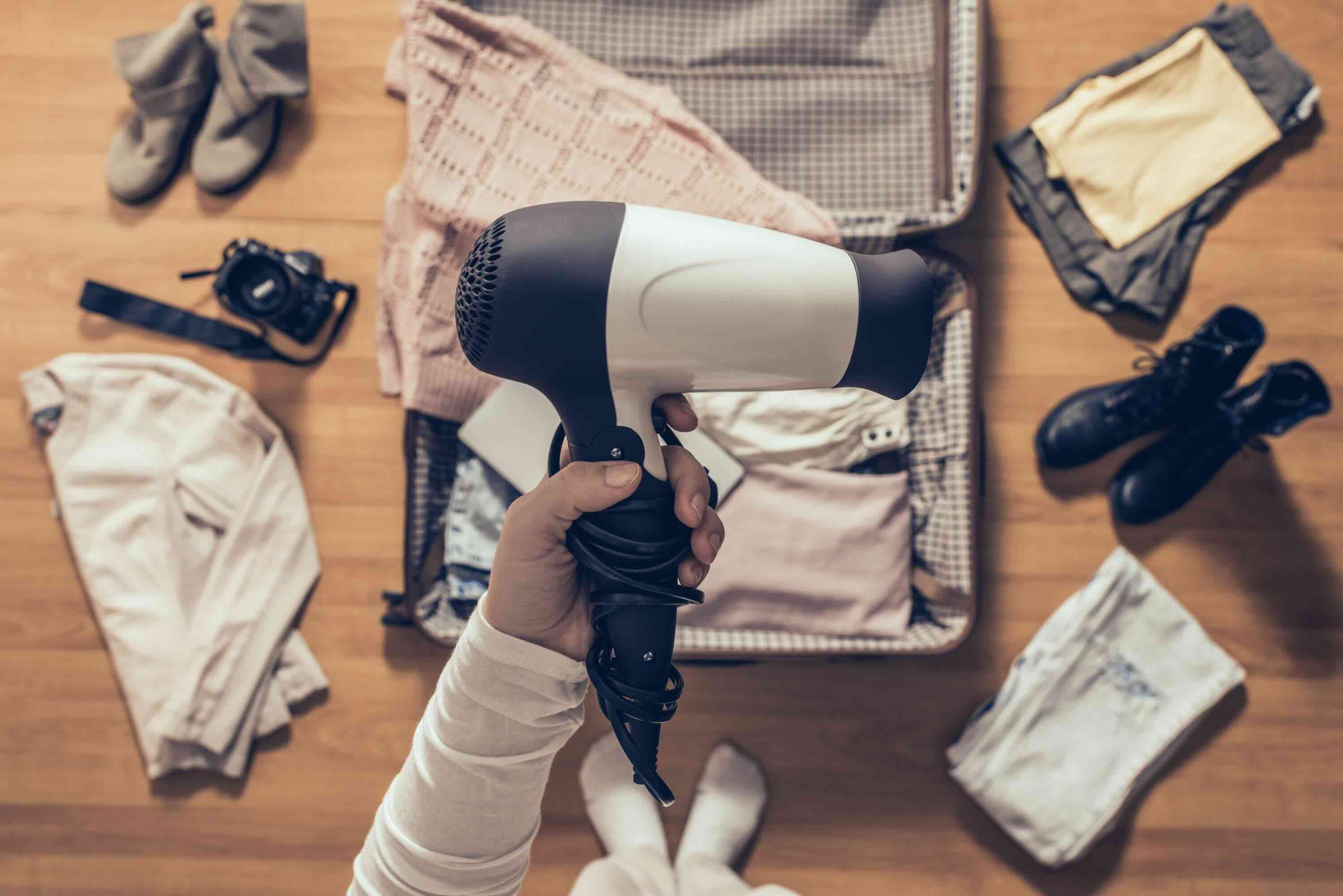
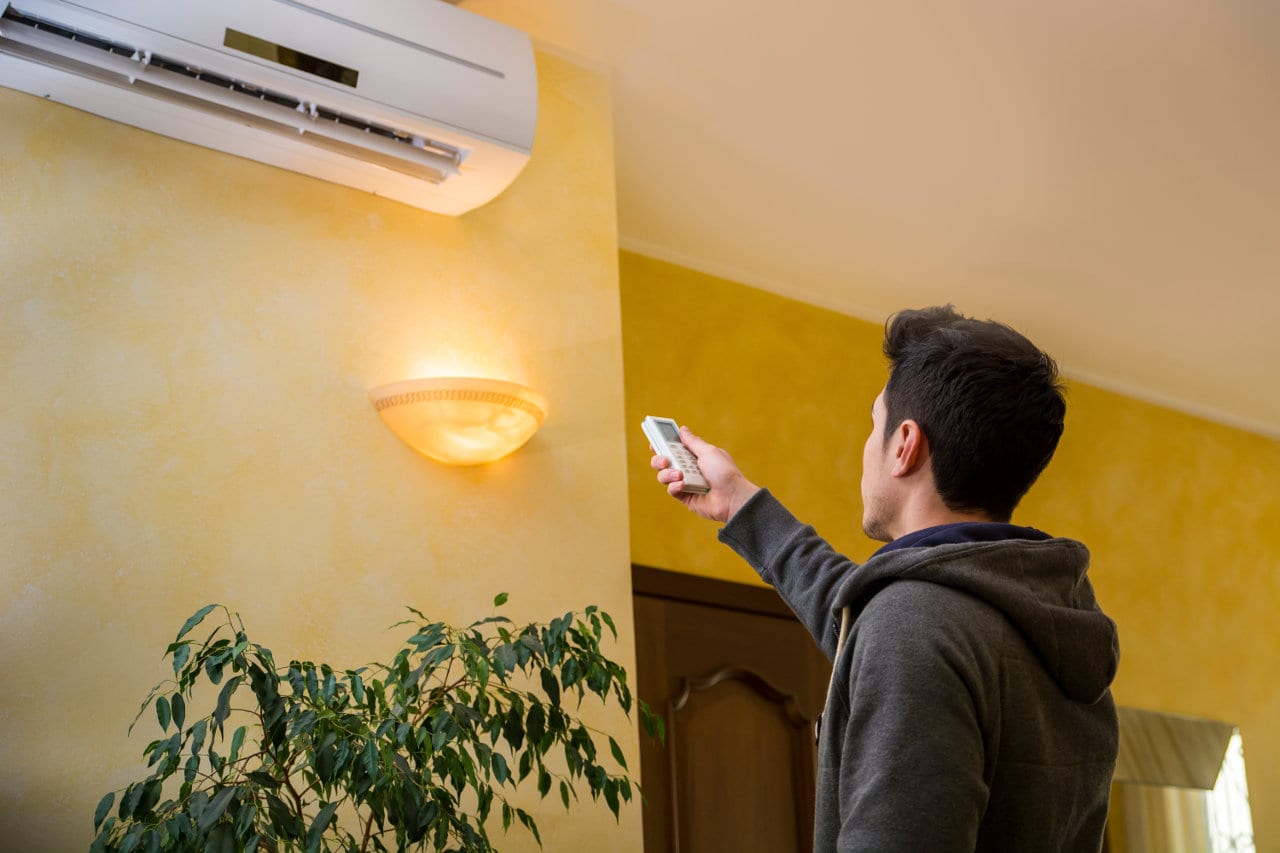
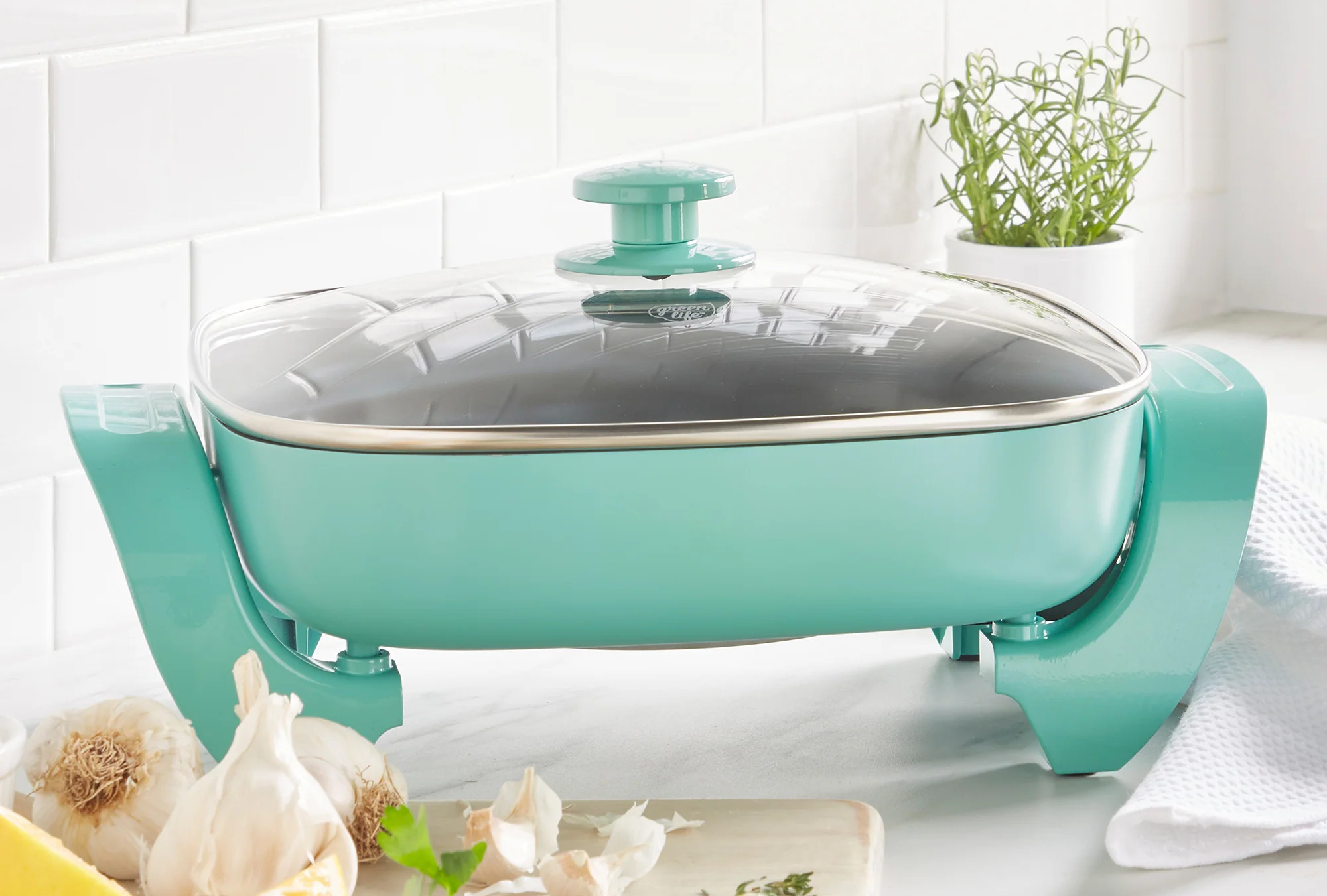
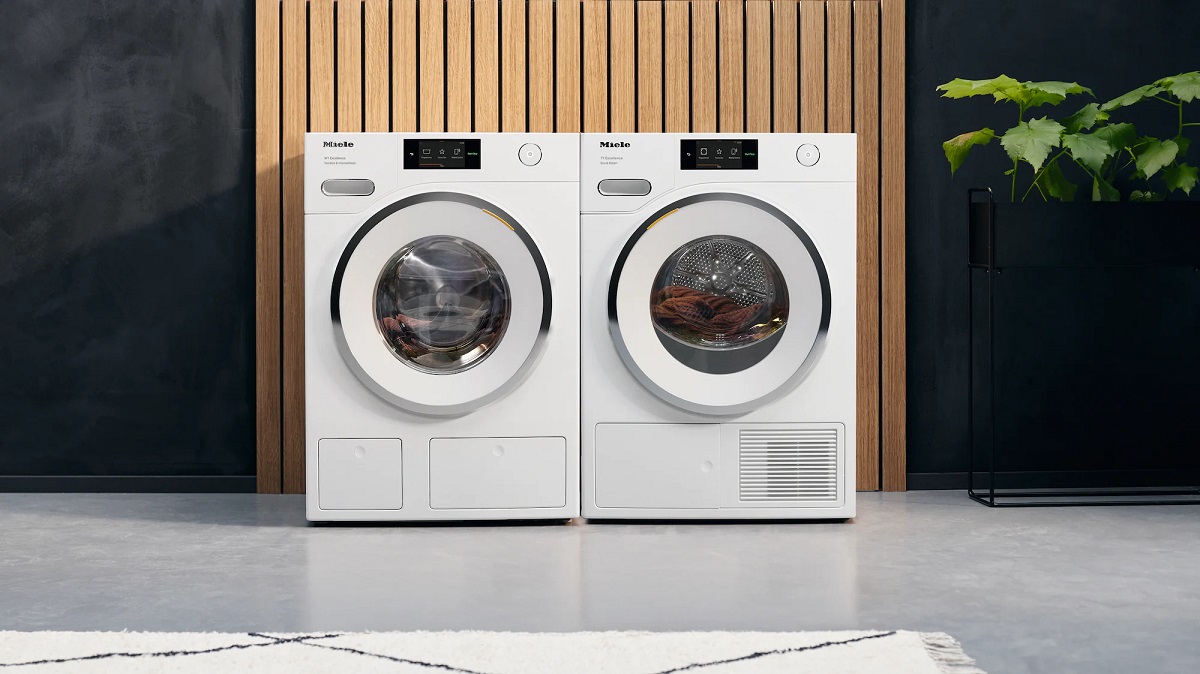
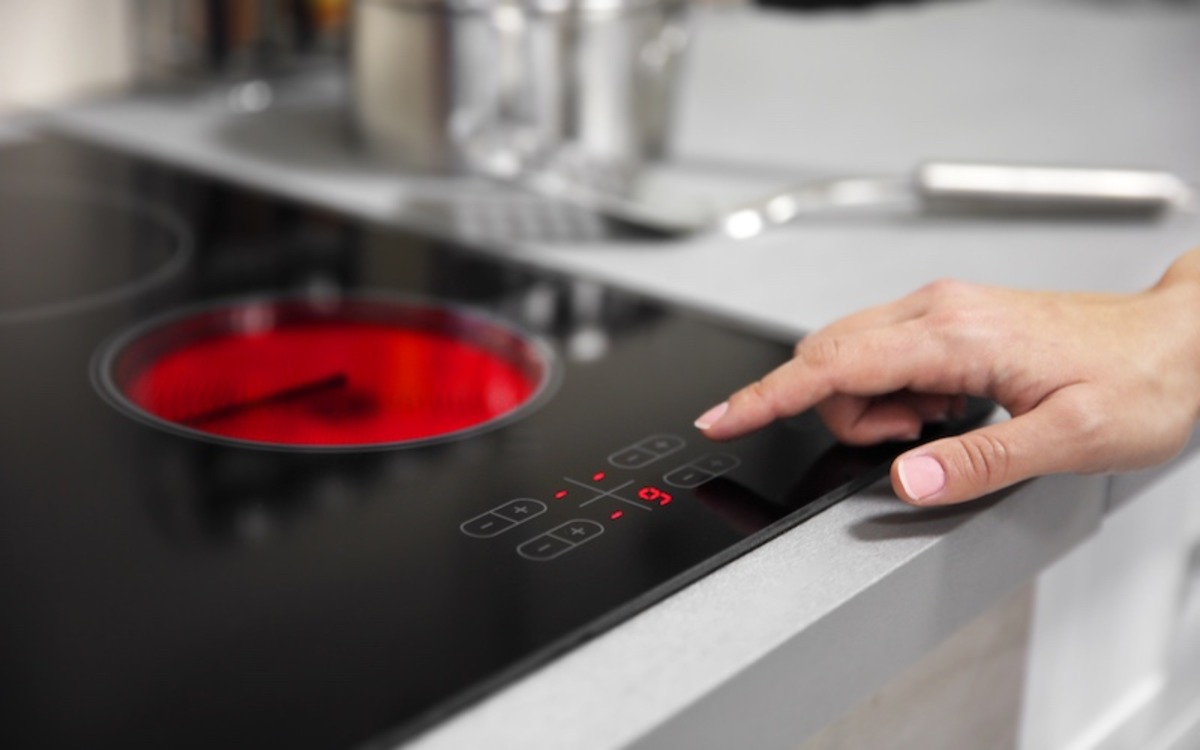
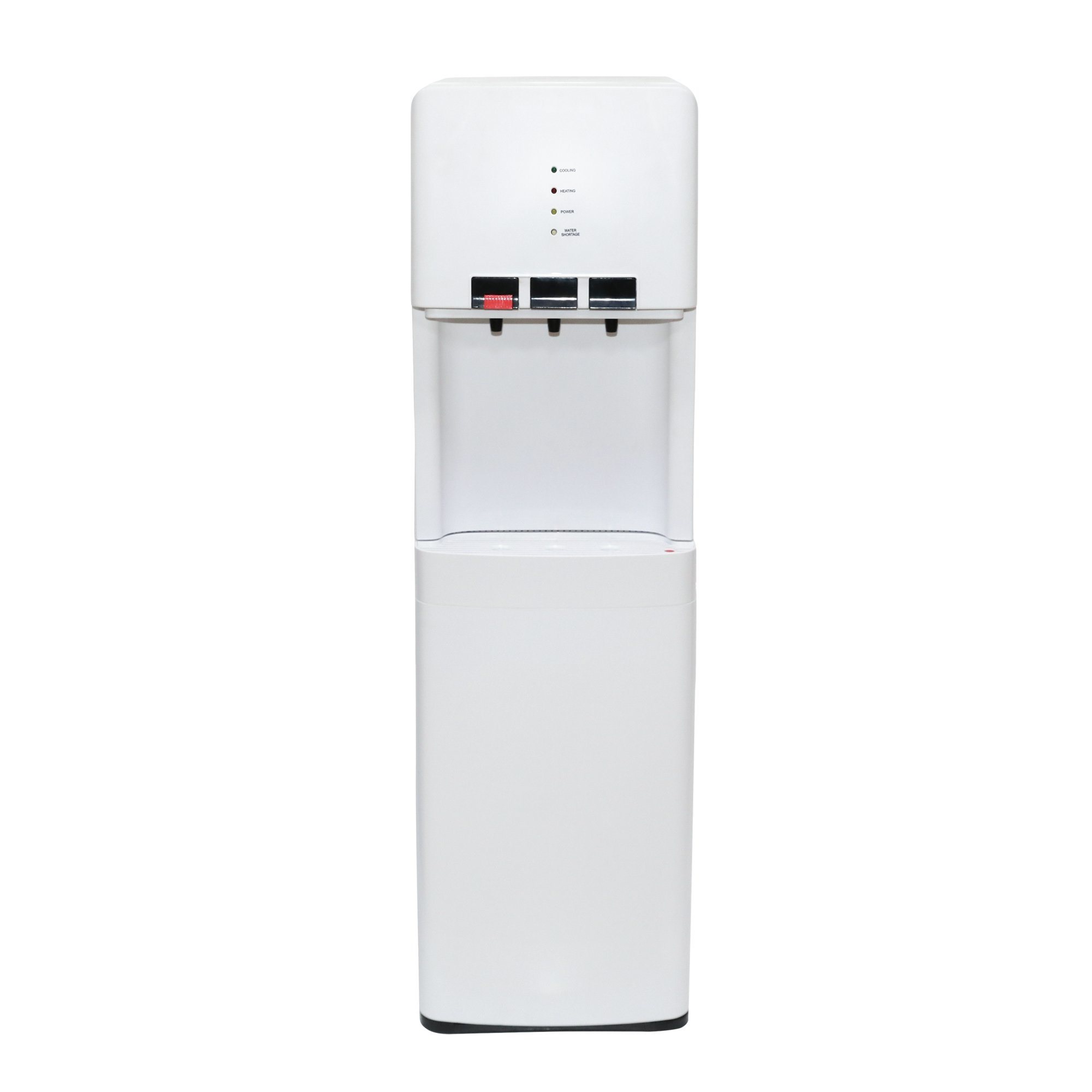
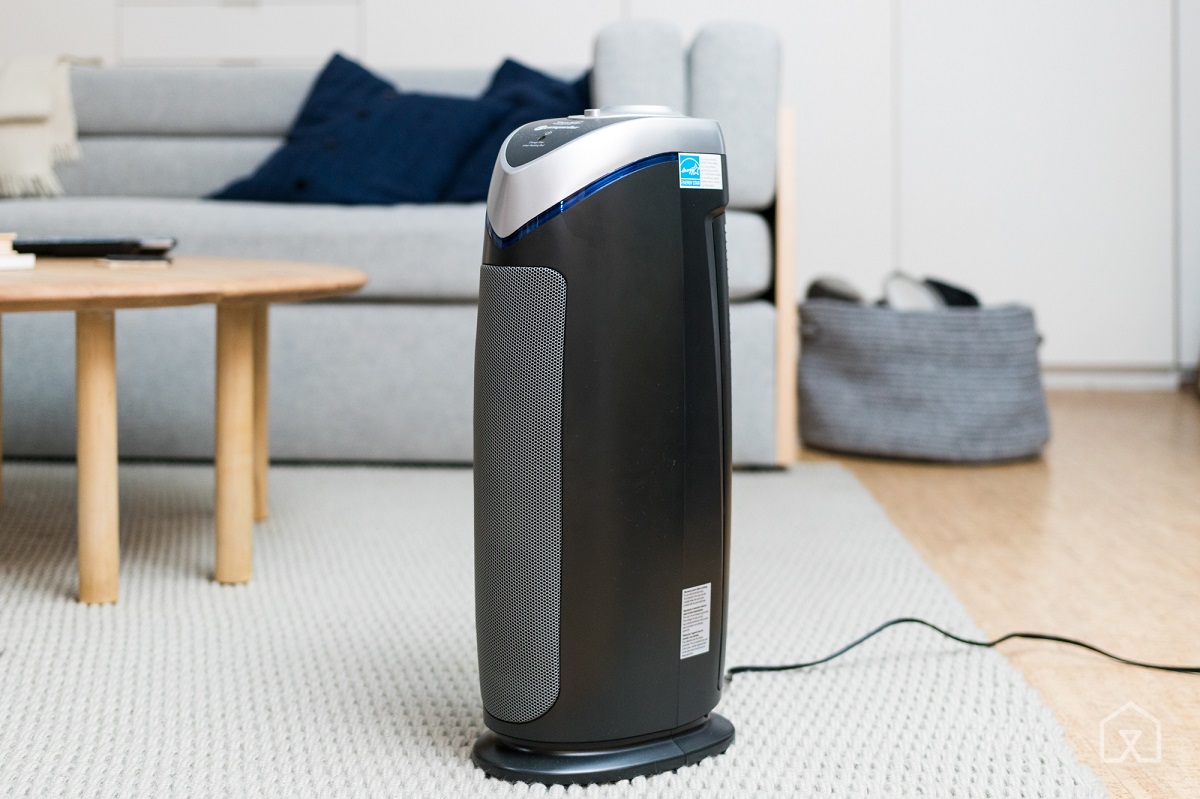
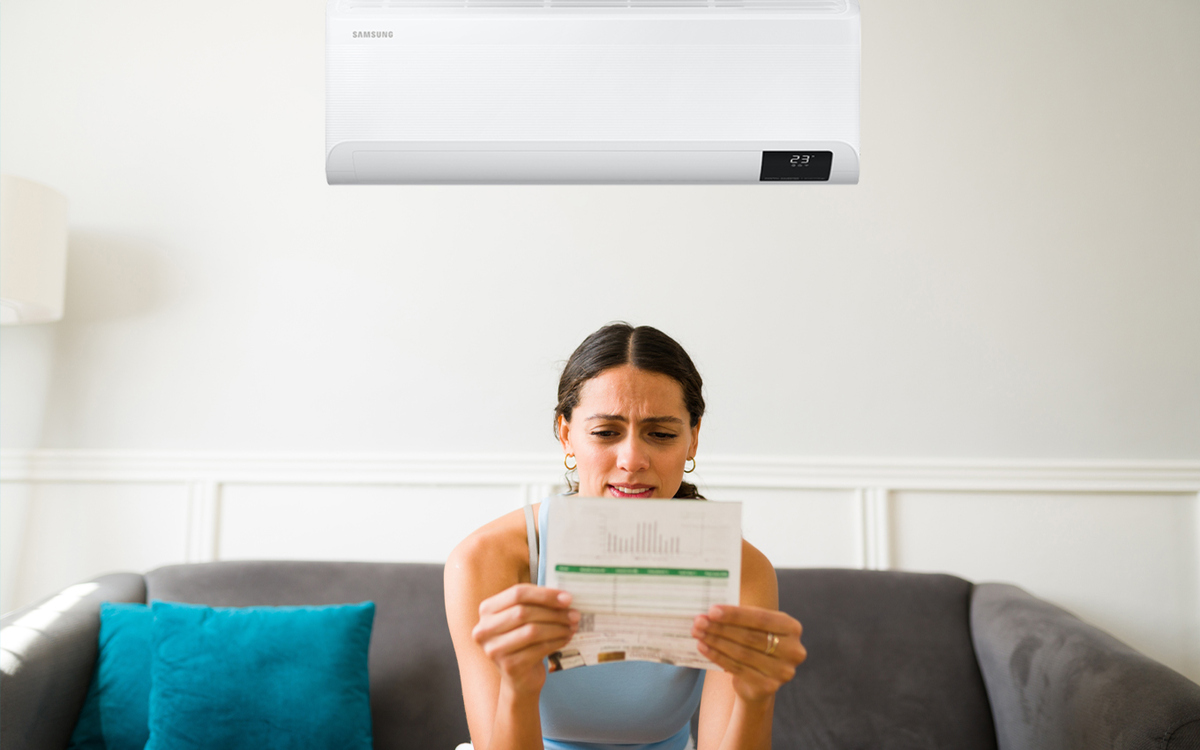
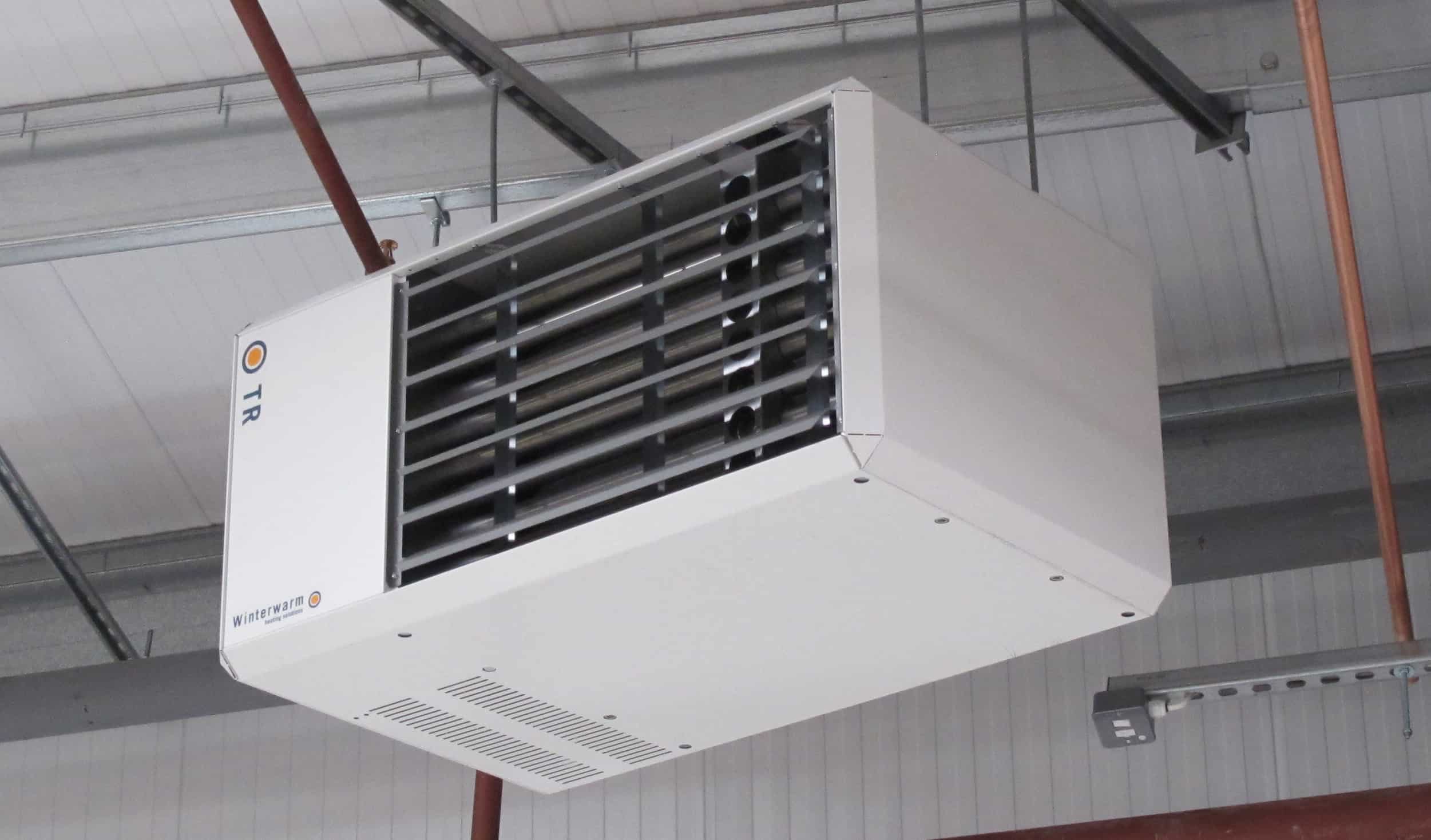
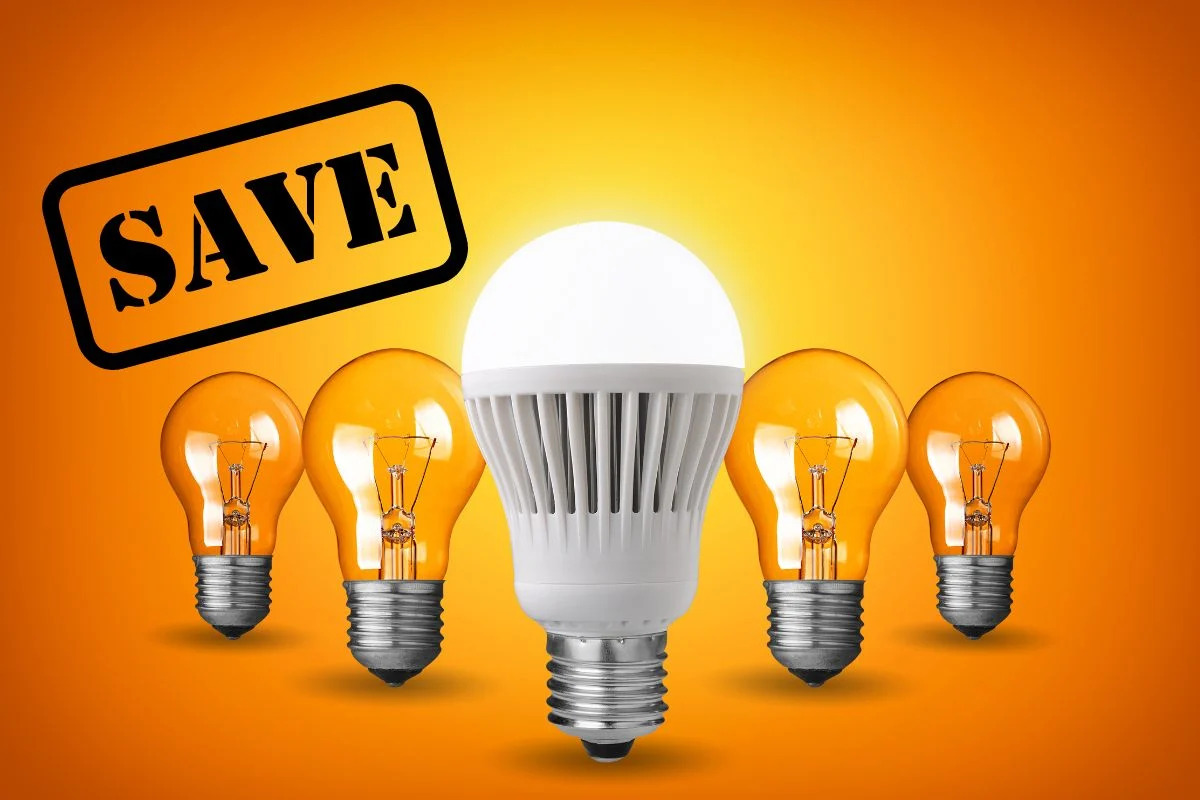
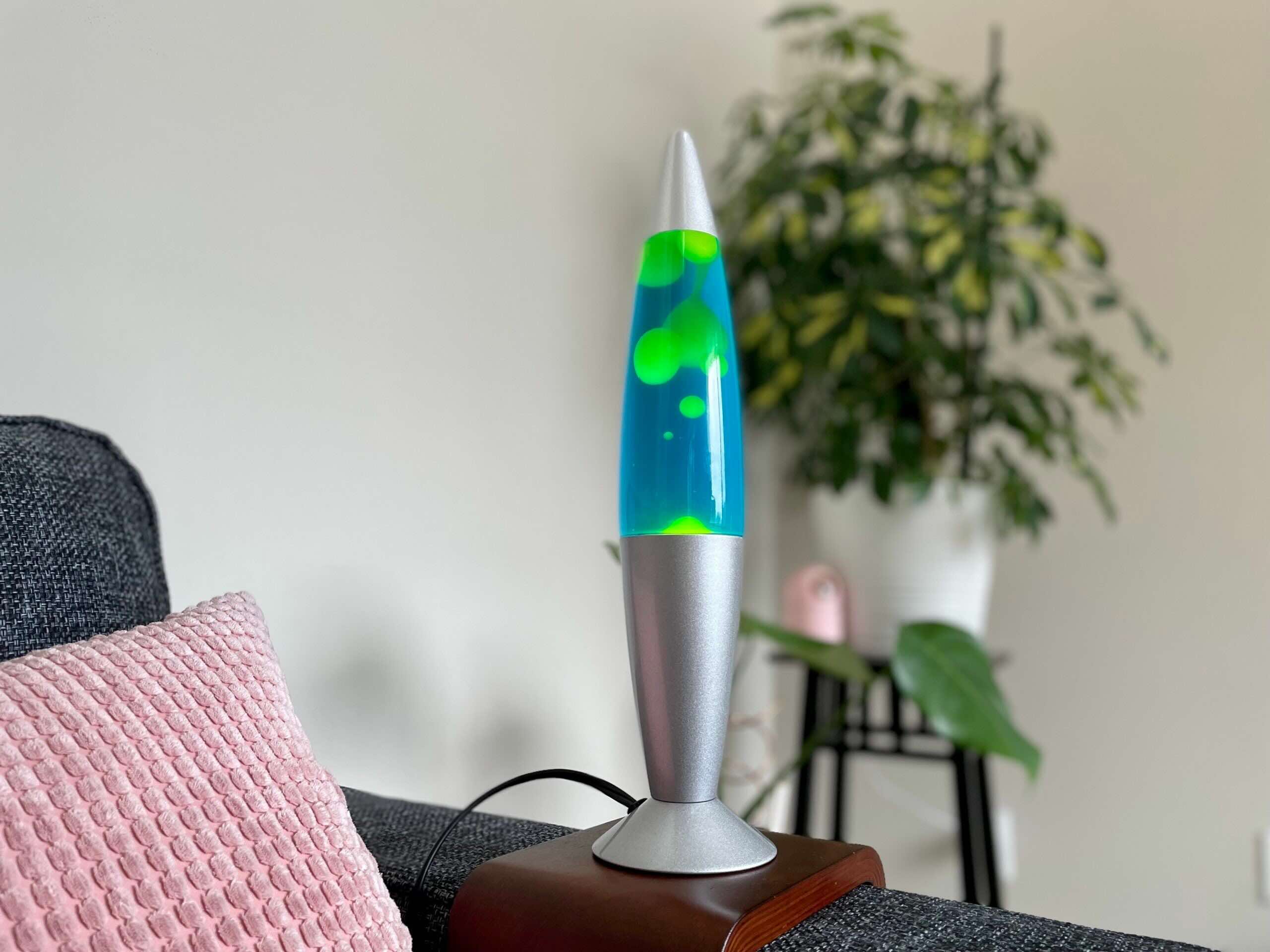
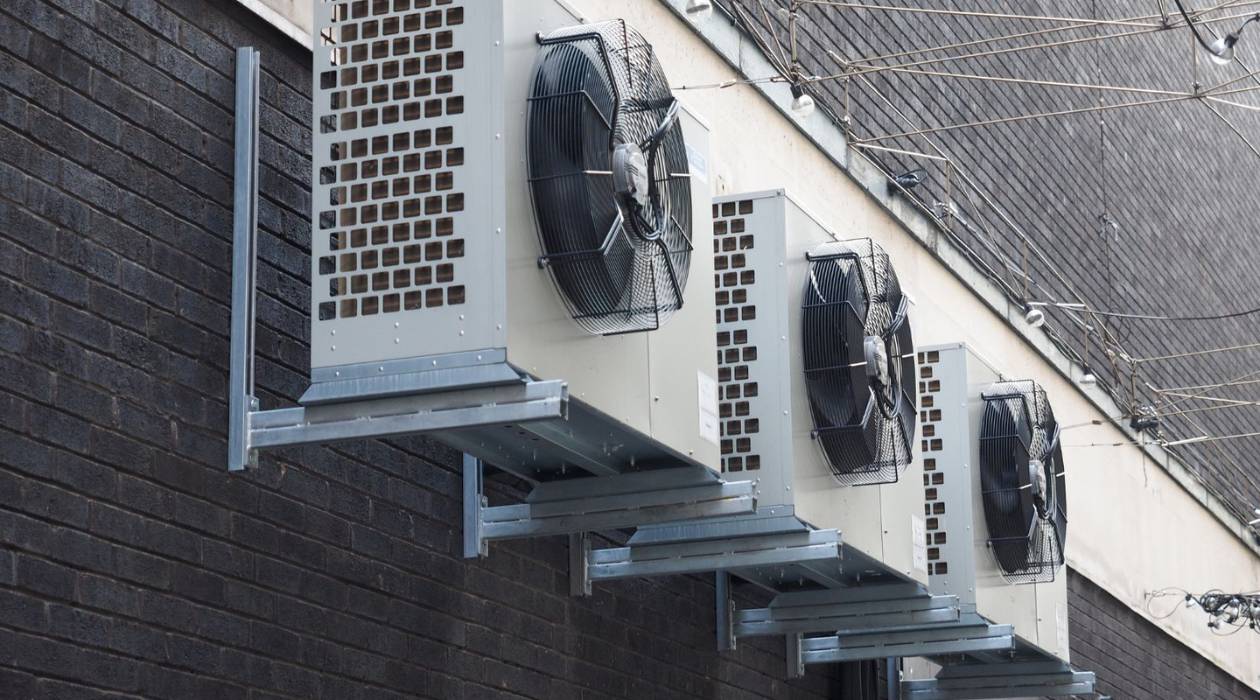
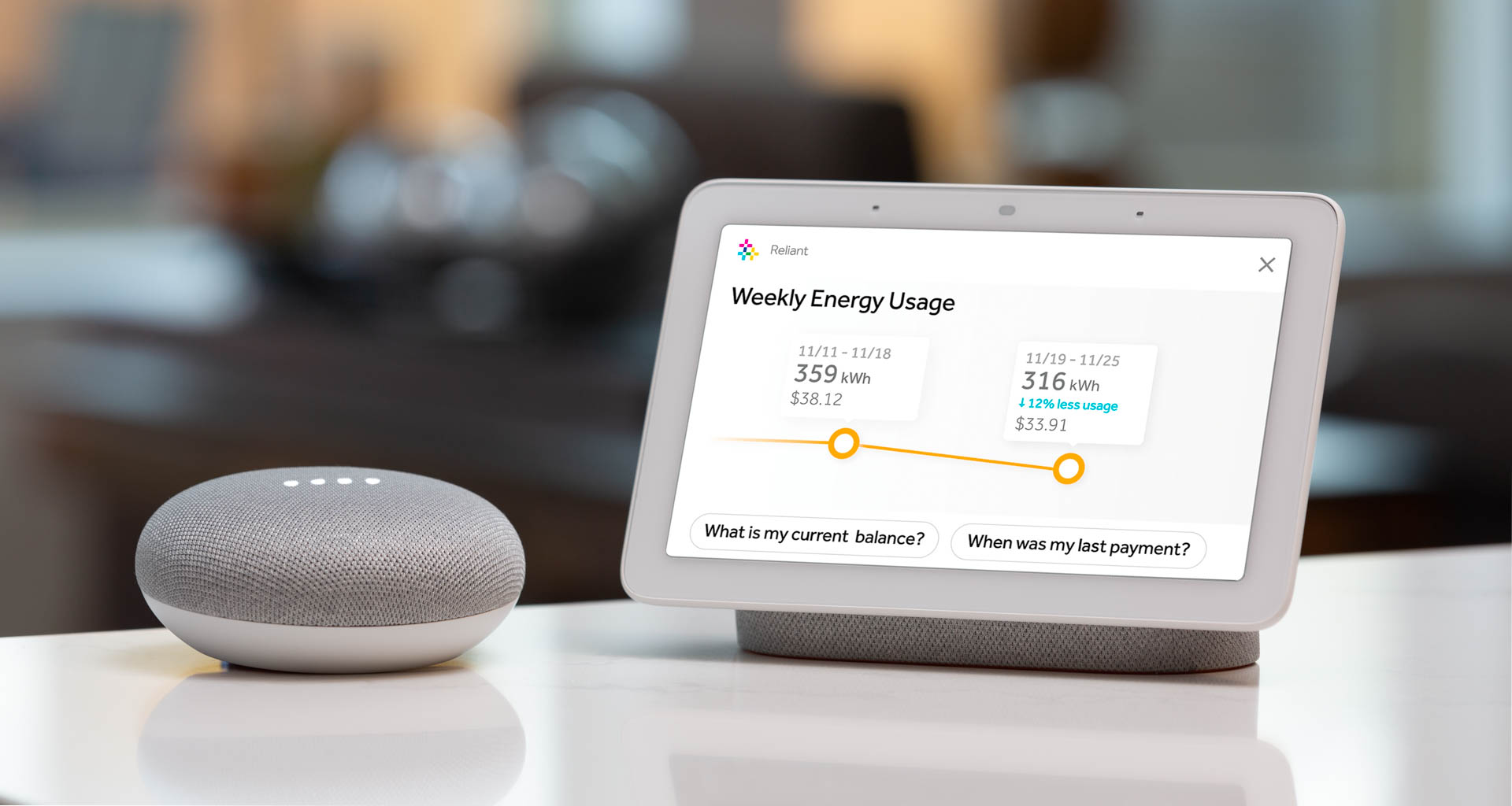

0 thoughts on “How Much Electricity Does A Deep Freezer Use”